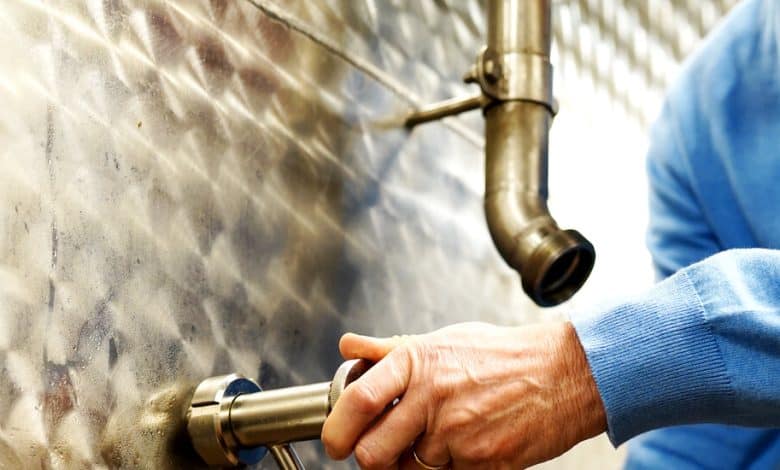For the Best Nonalcoholic Wines, Look to Deutschland

As interest in nonalcoholic wines grows, some of the best in the genre are being made in Germany, which started producing nonalcoholic wines more than 100 years ago.
“Germany does it best,” said Roman Roth, the winemaker at Wölffer Estate, a winery in Sagaponack, N.Y., on Long Island, which sells a nonalcoholic sparkling rosé made in Rheinhessen for the winery. “They have the vacuum equipment for the most gentle, least aggressive means of removing alcohol.” Similarly, wines under the Noughty label, from Thomson & Scott in London, are dealcoholized in Germany.
There are about 100 German companies with nonalcoholic wines in their portfolios, according to Steffen Schindler, the director of marketing for the German Wine Institute, a trade group. They’re often rieslings, the dominant German varietal, but are also made from müller-thurgau, chardonnay, sauvignon blanc, gewürztraminer, Grenache, shiraz, merlot, cabernet sauvignon, pinot noir and red blends with labels like Carl Jung, Leitz and Kolonne Null among those sold in the United States.
Removing alcohol from wine is tricky as the alcohol is more volatile than the juice that contains it, so it evaporates at a lower temperature. The first patent for dealcoholized wine was registered by Dr. Carl Jung (no, not that Dr. Jung) in the Rheingau region in 1907. A year later, his Wine Estate Carl Jung in Rüdesheim am Rhein, which was founded in 1868, was producing dealcoholized wines using a gentle vacuum extraction method at temperatures lower than 90 degrees Fahrenheit. This same method is still in use at most wineries, though other techniques, including reverse osmosis and centrifuge extraction, are also deployed.
Bernhard Jung, a grandson of Dr. Jung, who is now the owner of the winery, said that for the last seven years it has produced only nonalcoholic wines for its own labels and for dozens of other wineries as well. He said the winery’s output is now some six million bottles a year.
